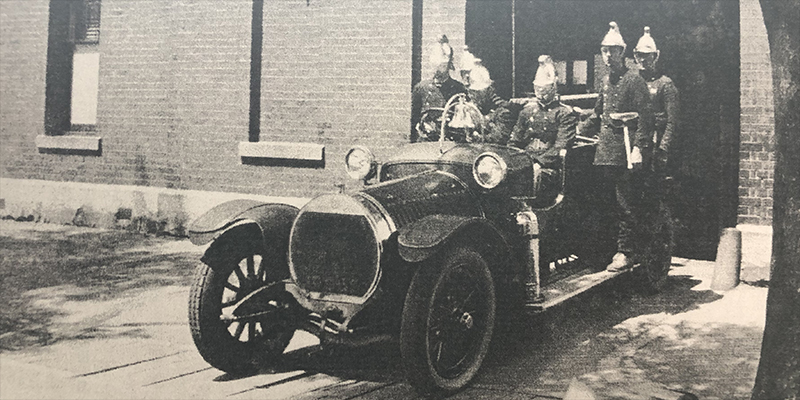Monday – 25 June 2018 at 7.30pm

Geoff Dougall and Alf Pelns will speak on the subject of prison hulks at our June meeting at Port Melbourne Town Hall.

By the middle of the 19th century the exisiting prison facilities in Victoria were overcrowded so the Government turned to the use of prison hulks to alleviate the situation. In 1852 a tender was issued for vessels suitable for prison hulks. Such vessels were not hard to find with all the owners of deserted vessels in Hobsons Bay at the time eager to dispose of their discarded ships at any price. The Government settled on five ships and had them purposely fitted out for their role to house and hopefully through discipline and some moral education to reform those who may be trusted, to return back into society once their sentence had been served. Like their counterparts in Britain, the brutality of the hulks would see many of their inmates spend the rest of their days in the cold, and dark cells of the hell ships.
Once they were fitted out they were moored in an area between the Breakwater Pier and the convict jetty at the base of the timeball tower on Point Gellibrand constructed for the purpose of landing those convicts who were selected to work on roads and public infrastructure. The first to be completed was the President, which was ready to receive its first prisoners on the 15th December 1852. It was used for the longest term and most desperate prisoners, all of whom were confined to 84 separate cells. Nonetheless the prison population continued to rise, so the following year the government purchased the Deborah, Success and Sacremento for conversion to prison hulks, followed by the Lysander in 1854. To make them easily distinguishable from other vessels they were painted yellow and had an exclusion zone set up around them which in later years was heavily guarded to prevent any unwanted persons from clambering aboard. These were hard times and in theory convicts were in solitary confinement. In practise the convicts could shout to each other through the timber walls segregating them from their fellow inmates.
PMH&PS meet at 7.30pm upstairs at Port Melbourne Town Hall in Bay Street on the fourth Monday of each month bar December.


